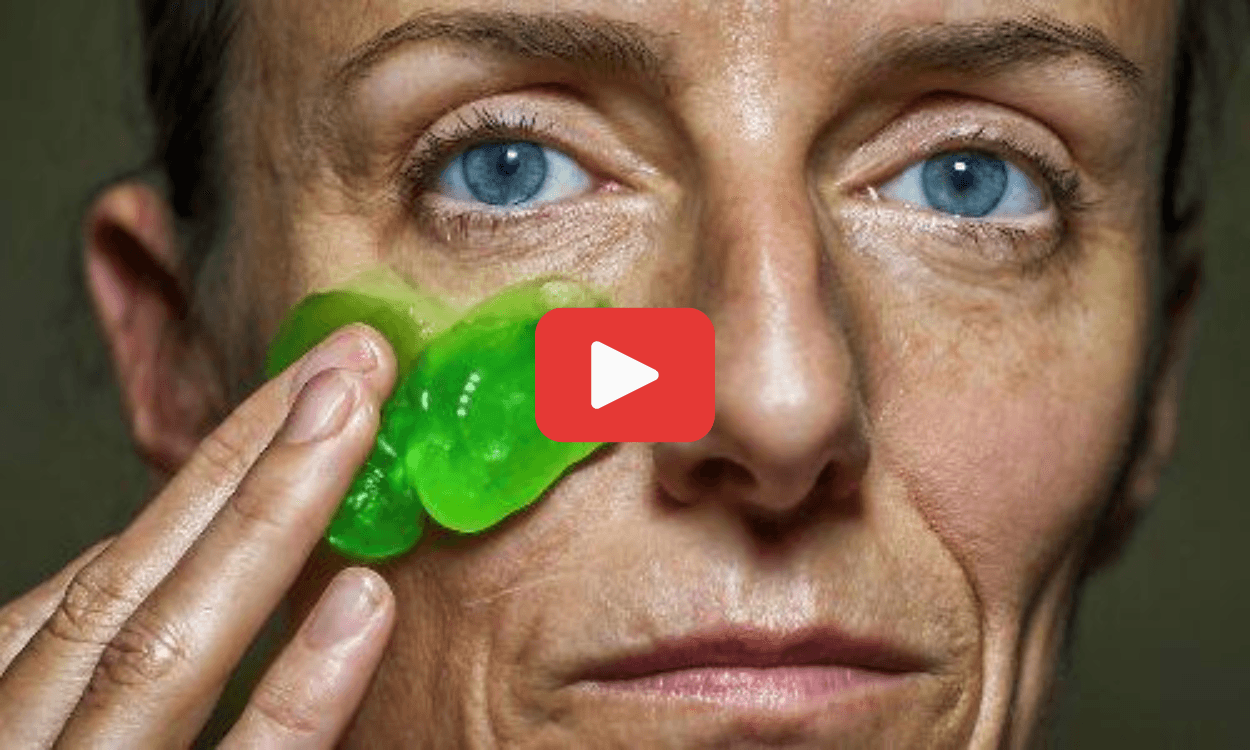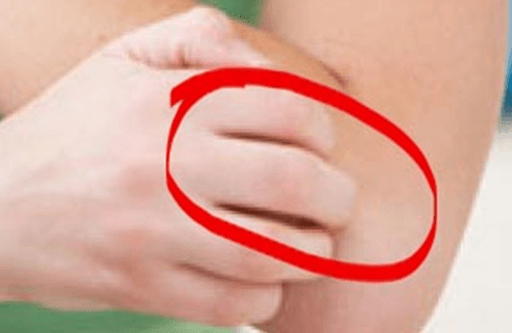how to stop your bleeding gums #shorts
In an era where oral health is more discussed than ever, maintaining healthy gums is crucial. Many overlook the implications of bleeding gums, accepting them as normal. However, with accessible interventions, you can adopt practices that greatly enhance gum health.
The debate over manual versus electric toothbrushes is prevalent, but the latter often emerges superior. A major benefit is its ability to regulate pressure—users often struggle to find the right force with manual brushing.
When using an electric toothbrush, it's easier to maintain the delicate balance between too soft and too aggressive cleaning. Thus, switching could be a significant first step in improving your gum health.
Flossing can sometimes fall by the wayside but combining a water flosser with traditional string floss brings unmatched benefits. This dynamic duo efficiently removes bacteria, safeguarding the spaces dental brushes can't reach.
- Use a water flosser for its deep-cleaning capabilities.
- Supplement with string floss to enhance effectiveness in removing plaque.
“If you currently lack an appointment, this is your sign to make one.”
Professional cleanings are cornerstone in preventative care, preventing gum disease progression and ensuring oral health stays in check.
Teeth grinding or clenching impacts gum health severely, leading to issues such as gum recession. Until a permanent solution is found, employing a night guard can mitigate further damage while you seek out potential root causes.
Don't ignore these signs. Timely interventions can halt progression, guaranteeing healthier gums and a confident smile for years to come.
From Around The Web
Wellness Inbox is a blog & weekly newsletter that curates trending news and products related to health and wellness from around the web. We also gather content from various sources, including leading health professionals, and deliver it directly to you.
Please note that we may receive compensation if you purchase any products featured in our newsletter. Wellness Inbox is not affiliated with, nor does it endorse, any health professionals whose content may appear in our newsletter. The information provided is for general informational purposes only and should not be considered medical advice.
The information provided is not intended to replace professional medical advice, diagnosis, or treatment. All content, including text, graphics, images, and information available is for general informational purposes only. We do not guarantee the accuracy or completeness of any information presented and assume no liability for any errors or omissions. The content is subject to change without notice. We encourage you to verify any information with other reliable sources and consult your physician regarding any medical conditions or treatments.







